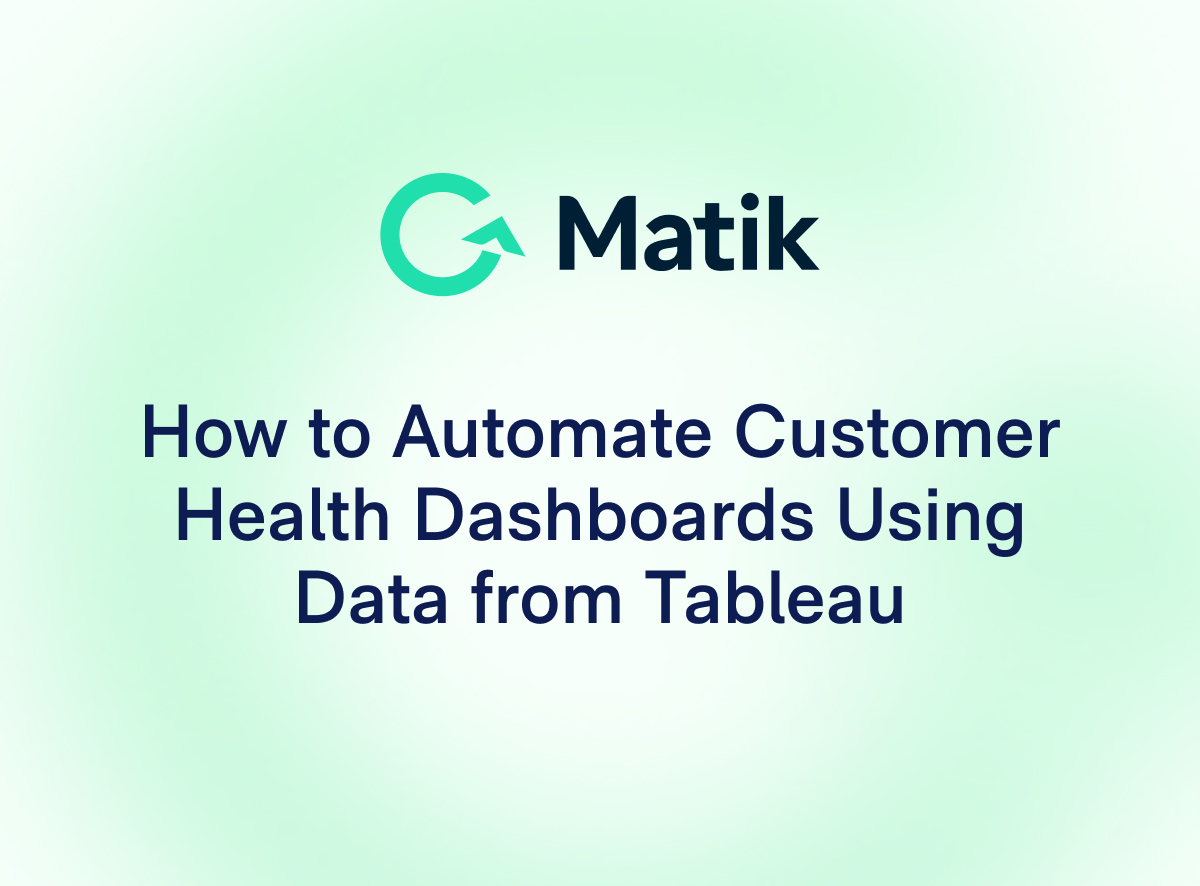Join Our Newsletter
Communicating ROI can sometimes be daunting. But not doing it well and confidently will negate all the hard work that was put into creating it in the first place. If your customer can’t clearly understand the ROI you deliver, then your product’s ROI to them is zero.
How to Successfully Communicate ROI
Here are the three things to keep in mind to successfully communicate ROI.
Visualize
Avoid overwhelming your audience by putting too much content on one slide. Focus on the main points of your ROI story and have the ability to provide more context and explanation if needed. Stick to the outcomes that your customers care about and make it more of a conversation rather than going through every component of the ROI calculation.
Defend
When defending your ROI, it's important to feel confident and not be on the defensive. Ideally, you should have buy-in from program manager champions, end user champions, and other stakeholders before diving into an ROI conversation. Collaborate with them to build a defendable ROI story that is supported by assumptions and data. It's about having a value conversation with the customer rather than focusing solely on defending the final outcome.
Reinforce
Reinforcement is key to building trust and credibility in your ROI story. Use end user stories, data, and testimonials from satisfied customers to reinforce the components that make up your value proposition. Show real evidence of the value you have delivered to their organization.
---
See Matik in Action—Request a Demo















